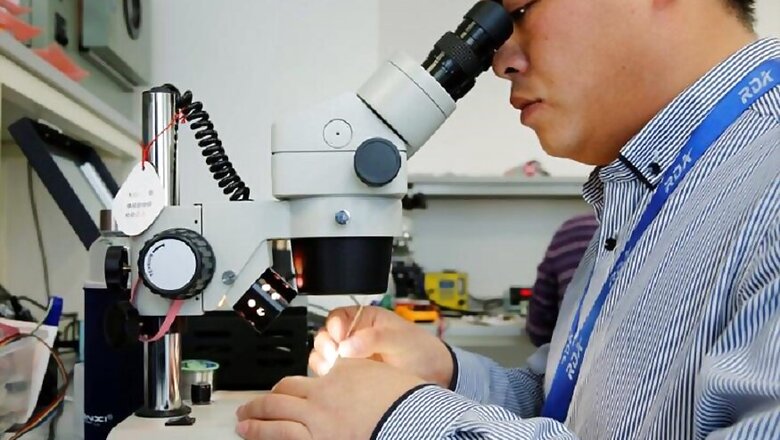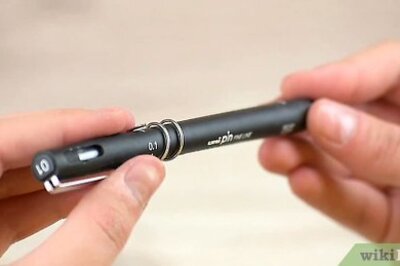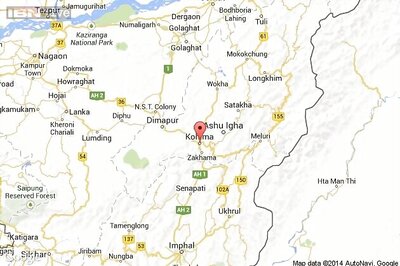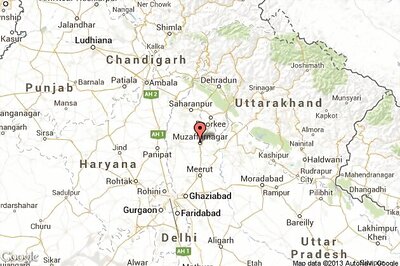
views
Scientists are organising the world's first nanocar race next month in France, where tiny molecular machines will compete against each other over a minuscule racecourse made of gold atoms. The international molecule-car race is being organised by the National Centre for Scientific Research (CNRS) in France.
The vehicles, which consist of a few hundred atoms, will be powered by minute electrical pulses during the 36 hours of the race, in which they must navigate a racecourse made of gold atoms, measuring a maximum of 100 nanometres in length.
They will square off beneath the four tips of a unique microscope located at CNRS's CEMES research centre in Toulouse. The race is first and foremost a scientific and technological challenge, and will be broadcast live on the YouTube Nanocar Race channel.
Beyond the competition, the overarching objective is to advance research in the observation and control of molecule-machines, researchers said.
More than just a competition, the Nanocar Race is an international scientific experiment that will be conducted in real time, with the aim of testing the performance of molecule-machines and the scientific instruments used to control them. Also read: Australian Researchers Ask Stargazers to Help Find 'Planet 9'
The years ahead will probably see the use of such molecular machinery in the manufacture of common machines: atom-by-atom construction of electronic circuits, atom-by-atom deconstruction of industrial waste, capture of energy etc.
The Nanocar Race is therefore, a unique opportunity for researchers to implement cutting-edge techniques for the simultaneous observation and independent manoeuvring of such nano-machines.
There were numerous challenges in organising this race, from selecting the racecourse, which must accommodate all types of molecule-cars, to adapting the scanning tunnelling microscope, researchers said. The participating teams also had to overcome a series of difficult tasks (depositing and visualising the molecules beneath the microscope), as well as meet numerous criteria (the molecules' structure and form of propulsion) in order to participate in this race.
Four teams will take their place at the 4-tip microscope's starting line on April 28 for the 36-hour race in Toulouse. The challenges facing researchers in the race will be so many steps forward in novel fields in chemistry and physics.
The CEMES-CNRS microscope is the only one in the world allowing four different experimenters to work on the same surface. The development of such multi-tip microscopes will enable synchronising a great number of molecule-machines in order to increase capacity, for instance for storing energy or capturing it from a hot metallic surface. Also read: An Algorithm to Predict Users' Affinity Towards Mobile Game



















Comments
0 comment